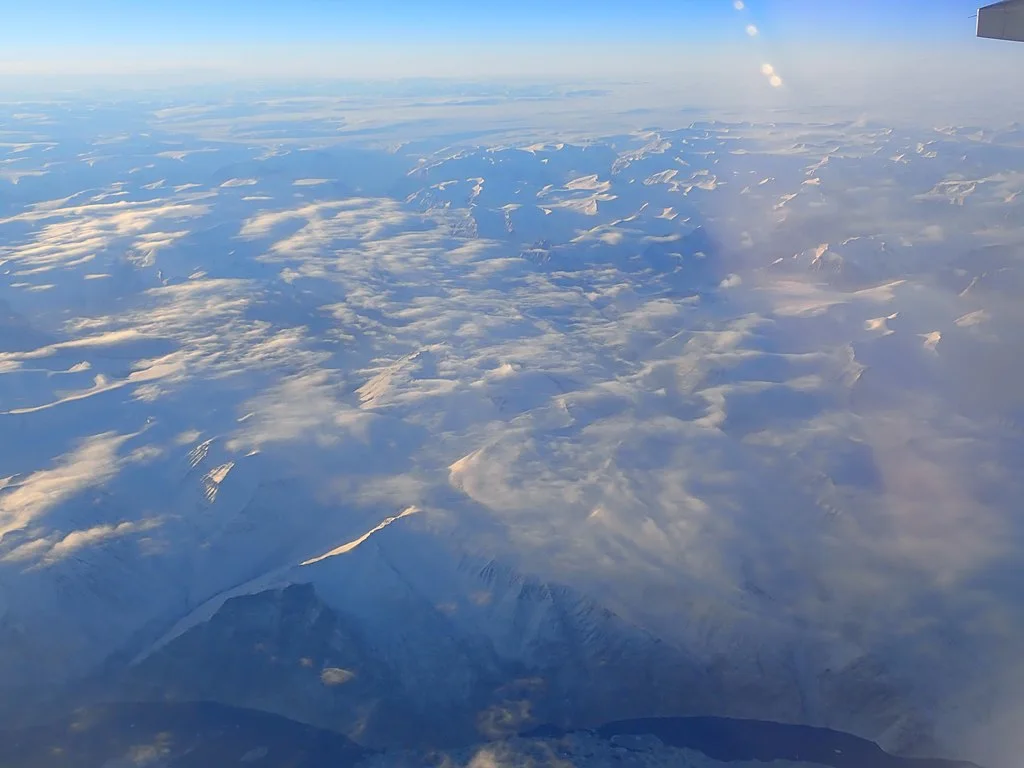
After crushing European records, high heat en route to Greenland
The frozen island has already seen extensive melting this year.
A new heat wave in Europe this past week crushed heat records, some dating back centuries.
Northwestern Europe in particular was absolutely sweltering, with daytime highs sailing past the 40°C mark on Thursday, the heat wave's peak. Paris, the French capital, saw a high of 42.6°C that day ... its hottest since records began in 1632, according to the World Meteorological Organization (WMO).
This heat wave followed on from another one in June that saw records fall. The European continent had its hottest June on record, mirroring the rest of the world, which also marked that unhappy milestone.
That extreme heat originated in North Africa and Spain, and the WMO says now that it's done with Europe, it's next stop is Greenland, raising fears over the island's already rapidly-melting glaciers.
“Assuming this comes off (and it seems likely) we would expect a very large melt event over the ice sheet,” Danish Meteorological Institute researcher Ruth Mottram told the Washington Post. “This was a very similar situation to 2012 where melt reached all the way up to Summit station. As you have probably seen the Arctic sea ice is already at record low for the time of year so clearly we may be looking at a situation where both Arctic sea ice and Greenland ice sheet have record losses even over and above 2012 — though we won’t know for sure until after the event.”
That year, NASA reported not only widespread, but rapid melting on the Greenland Ice Sheet: By July 8, 2012, 40 per cent of the sheet had experienced some level of melting, skyrocketing to 97 per cent by July 12. The melting was related to a similar atmospheric setup as this year, a stationary area of high pressure parked over the island essentially trapping heat in.
The WMO says the ice sheet has already experienced widespread melting in July this year.
"In July alone, it lost 160 billion tonnes of ice through surface melting. That's roughly the equivalent of 64 million Olympic-sized swimming pools. Just in July. Just surface melt - it's not including ocean melt as well," WMO spokeswoman Clare Nullis said Friday (as reported by Reuters).
A home-ruled Danish territory, Greenland is the largest island in the world, and its ice sheet covers four-fifths of its surface, gradually built up over thousands of years.
There is so much ice packed onto the sheet that it rises 3,000 metres above sea level, and if it were to melt all at once, it would raise global sea levels by seven metres.

